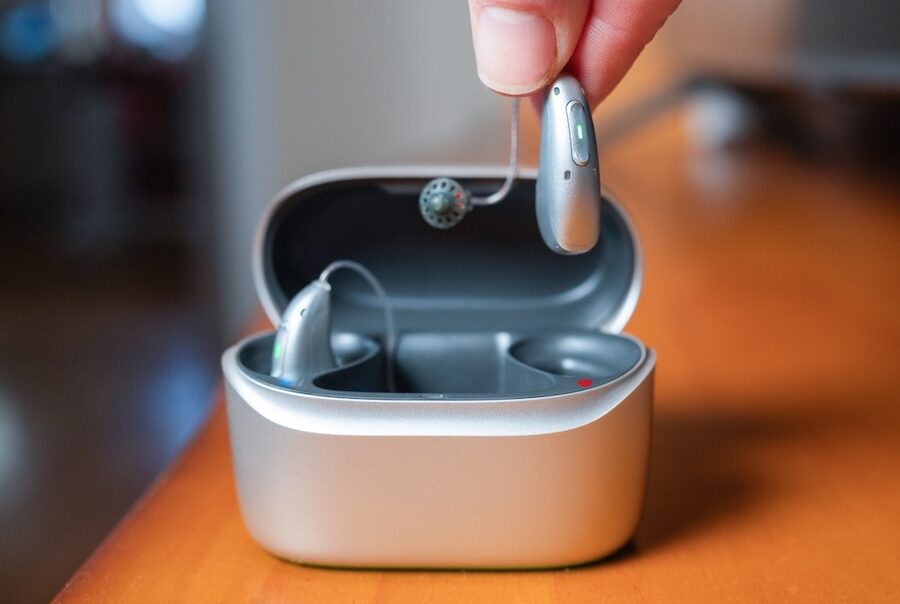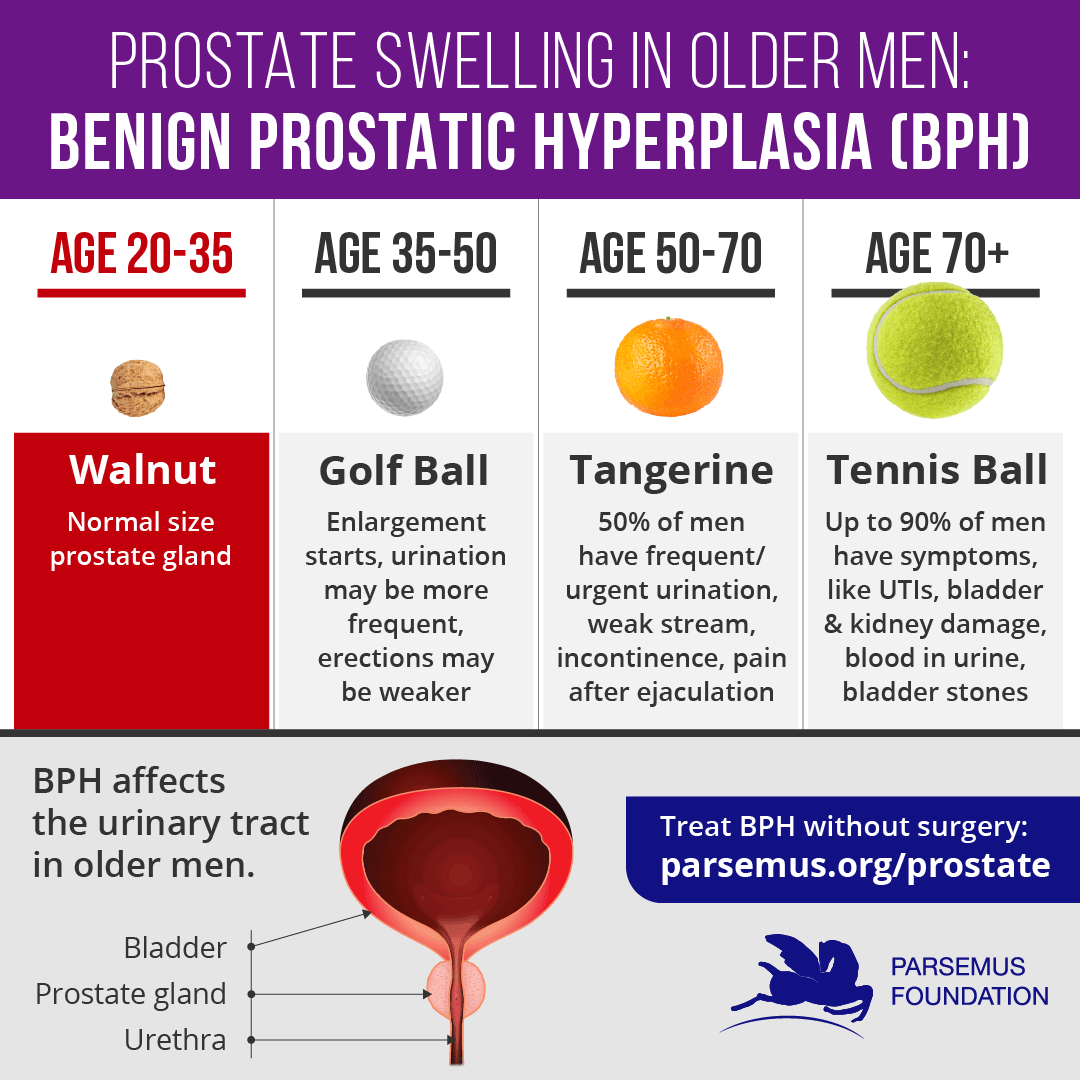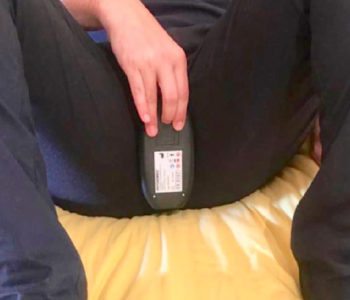Enlarged prostate — or benign prostatic hyperplasia (BPH) — is a common problem in older males. Studies using PEMF (or pulsed electromagnetic field) therapy offer hope for a non-invasive, drug-free treatment for enlarged prostate.
NEW: Infographic showing typical symptoms as a man ages and his prostate enlarges.










